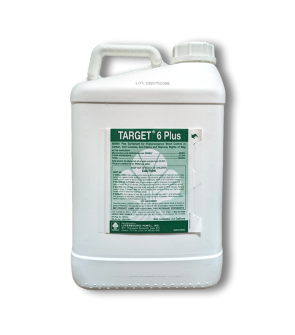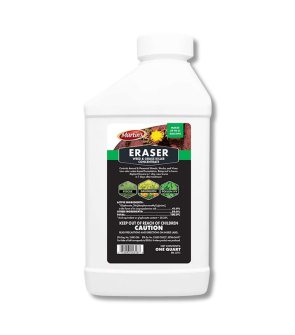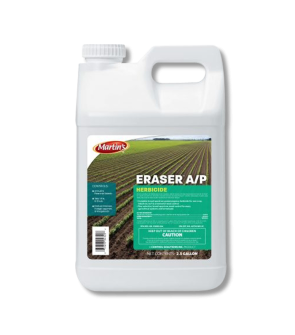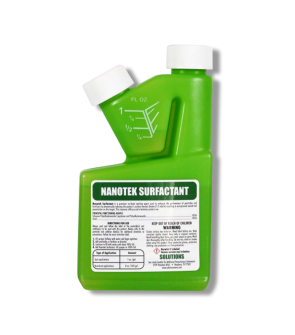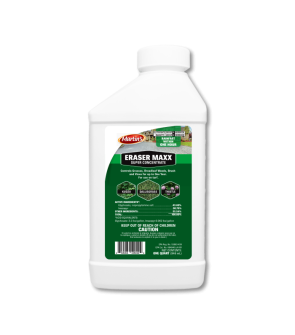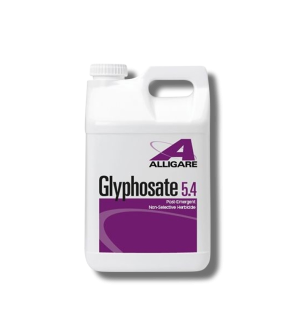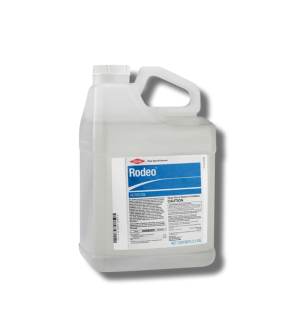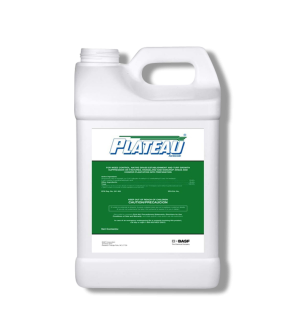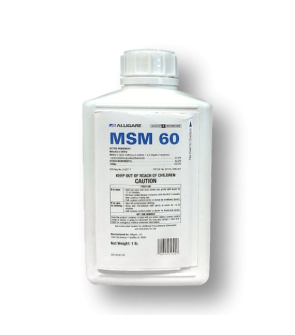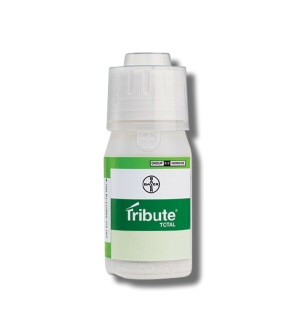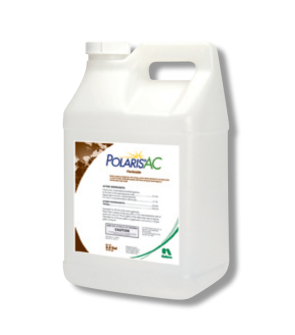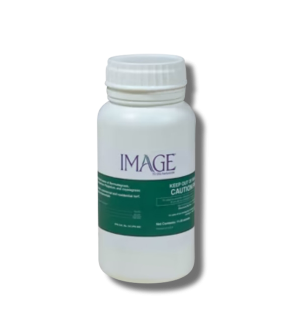Gain access to personalized product screening, the best pricing, rewards, and more!
Most Effective Products
Bahiagrass Control: How to Get Rid of Bahiagrass
This page is a general bahiagrass control guide. Using the products and methods suggested in this DIY article will help you get control of bahiagrass. Follow this DIY guide and use the recommended products and we guarantee 100% control of bahiagrass.
If you live along the southeastern half of the United states, you are probably familiar with bahiagrass. Among homeowners, this foliage is commonly used as a desired turf species due its exceptional turf tolerance, ability to thrive in poor soil conditions, and low maintenance needs.
To some individuals, bahiagrass (also known as highwaygrass, paspalum notatum, common bahia, pensacola bahia, lawn paspalum, grama dulce, forquinha, gengibrillo, or pasto horqueta) is a warm-seasoned perennial weed. It's no wonder since it grows aggressively through seeds and rhizomes across desired turf species.
Left untreated, bahiagrass can easily choke out other desired turf species and cause repeated mowing due to its seed heads. Refer to our DIY guide to learn how to control and prevent bahiagrass with the following tips and products.
Identification
Before proceeding with a treatment program, you will need to determine if the weed on your lawn is bahiagrass. Misidentification can lead you to using the wrong treatment method, which can be a waste of time and money. Refer to these following characteristics to help you identify bahiagrass.

- Bahiagrass is a perennial grassy weed that spreads by rhizomes and seeds, appears light green in color, and has a distinctive "Y" shaped seed head. If left untreated, it can grow between 12-25 inches tall.
- Leaves are flat or folded, tough-textured, and usually hairless. Sometimes you may find sparse hairs near the base of the leaf or on the back of the ligule. The tips of the leaves are pointed, and when seed heads develop it will appear as 2 spike-like branches.
- Bahiagrass is commonly mistaken for bermudagrass due to its similar seed head development. However, the biggest way to tell these weeds apart from each other is the color and growth habit. Bahiagrass has a light green color and coarser texture often appearing in clumps whereas bermudagrass has a dark blue-green color and denser, uniform carpet-like growth.
Use the description and image above to help you identify bahiagrass on your lawn. If you are unsure whether the plant is bahiagrass, then contact us with a photo of the weed and we will properly identify the foliage and suggest the appropriate herbicide recommendations.
Inspection
After you have confirmed that the infestation on your property is bahiagrass, you can proceed with inspection. During this phase, you will locate areas where bahiagrass is thriving and observe the conditions helping that are allowing it to survive. This information will help you in knowing where to focus your herbicide applications.

Where to Inspect
Bahiagrass can be found in lawns, parks, cemeteries, roadsides, parking lots, roadways, highway right-of-ways, pastures, and gold courses.
As a warm-seasoned grassy weed, it needs environments where the weather is consistently warm, ideally 70 to 95 degrees Fahrenheit.
What to Look For
From early spring to mid-summer, bahiagrass spreads across the ground with thick, fibrous stems that form a thick mat.
When soil temperatures are consistently 65 to 70 degrees Fahrenheit this weed will begin to germinate. It will then bloom and produce seeds that appear as two-branched raceme that form a "V" shape, with tiny, dark brown to black flowers.
Treatment
When beginning any weed control application, you will need to wear the appropriate personal protective equipment (PPE).
We recommend using post-emergent herbicides containing metsulfuron, sethoxydim, or glyphosate to kill bahiagrass. Applications should begin in May when bahiagrass is actively growing and relatively small.
For lawns containing warm-seasoned turf, we recommend using Fahrenheit Herbicide. In cool-seasoned turf or listed concrete sites where bahiagrass is growing consider Eraser 41% Glyphoste.
Keep in mind that Eraser 41% Glyphosate is a non-selective herbicide that will kill any plant it is applied to or may drift to.
Step 1: Mix and Apply Herbicide

Fahrenheit Herbicide is a water-dispersible granule herbicide that controls broadleaf and grassy weeds like bahiagrass in warm-seasoned turf.
For spot applications with Fahrenheit Herbicide, apply 0.2 oz. of product per 1 gallon of water to cover 1,000 sq. ft.
We recommend using a non-ionic surfactant to enhance the performance of your herbicide. Nanotek Surfactant is a non-ionic surfactant that greatly enhances the penetration and coverage of herbicide and insecticide material.
Just mix 1 oz. of Nanotek Surfactant per 1 gallon of spray solution.
Eraser 41% Glyphosate is a non-selective herbicide that will control any foliage it is contacted to within sites such as but not limited to lawns, fences, and around buildings.
To kill bahiagrass with Eraser 41% Glyphosate, perform a spot treatment. Apply 2 1/2 oz. (5 tbs.) per 1 gallon of water to cover 300 sq. ft.
We recommend mixing and applying either herbicide in a handheld pump sprayer.
Be sure to mark the sprayer used for Eraser 41% Glyphosate for non-selective herbicide use. Only to prevent cross-contamination in the future.
To use these products you will need to mix them with water. You can do this by first filling the tank with half the amount of water, then adding the proper amount of herbicide material. Be sure to add in the surfactant at this time if you decide to use it.
Lastly, pour in the remaining half of the water and close the tank lid. Shake the tank until the solution is well-mixed.
Spot-treat any weed you find during your inspection. Use a fan or cone spray pattern to ensure the leaves are fully coated, and spray the weed to the point of wetting but not runoff.
When you are using a non-selective herbicide like Eraser we suggest placing a cardboard box around the weed during spraying. This will help to prevent drift onto nearby desired foliage.
Step 2: Reapply if necessary

Apply a second application of Fahrenheit Herbicide when 4-6 weeks have passed from the first treatment.
Eraser 41% Glyphosate may be reapplied when 4 weeks have passed after application.
Prevention
Once the bahiagrass has been removed, you will need make sure it does not return. Follow along with the suggested preventative measures to prevent bahiagrass.
- Consistent lawn care is the best way to prevent bahiagrass from returning. Mow when your turf to its appropriate height to encourage healthy turf growth and prevent bahiagrass from seeding. Avoid mowing over bahiagrass when it has seeds as this can only spread the weed further into your property.
- Ensure your lawn has a healthy amount of nutrients to better fight off this weed. This can be done with seasonal fertilization with a slow-release granule fertilizer. However, be sure the fertilizer you have selected does not have bahiagrass listed as a labeled turf type. Fertilizers with bahiagrass listed as a tolerant turf type should not be used because it will only encourage growth and give this plant the energy needed to survive any type of cultural and manual control against it.
- Remove any bahiagrass that reappears in your property before it develops seeds. Spot treat with Eraser 41% Glyphosate or Fahrenheit Herbicide as long as the maximum application rates are not exceeded.
- Clean mowers and other application equipment before you store them or use them in other parts of your yard. This will help prevent the spread of seeds into uninfested areas.
Key Takeaways
What is Bahiagrass?
- Bahiagrass is a heat-tolerant perennial grass that spreads by rhizomes and has a Y-shaped seedhead.
How to Get Rid of Bahiagrass
- To get rid of bahiagrass, we recommend using Fahrenheit Herbicide or Eraser 41% Glyphosate.
Preventing Bahiagrass Reinfestation
- Prevent bahiagrass from returning to your yard by keeping up with regular lawn care practices such as mowing, fertilizations, and continual spot treatments before they develop seeds.








